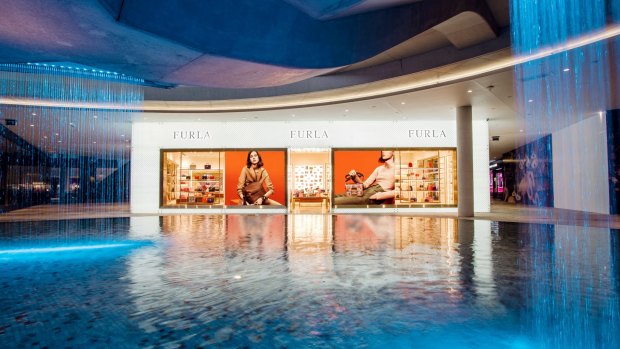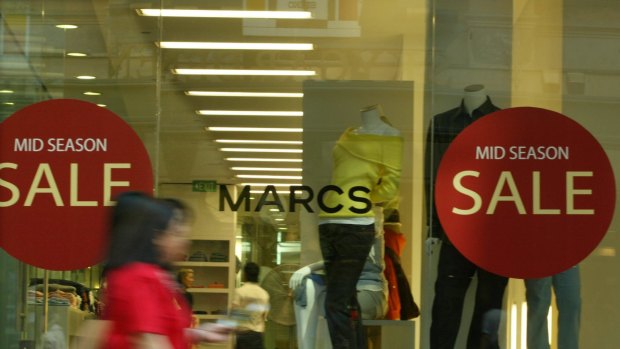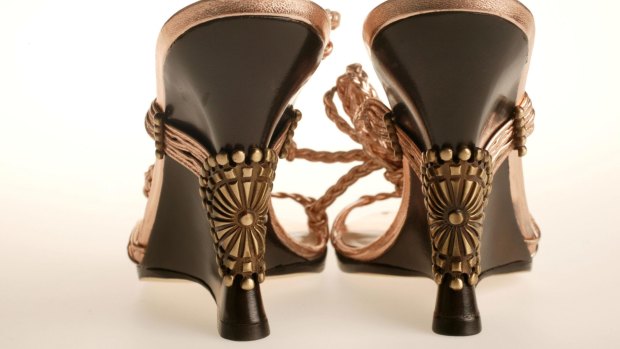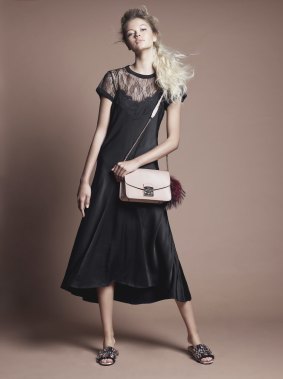By Catie Low
Luxury Retail Group (LRG) claims premium handbag-maker Furla's decision to buy back its local stores is a vote of confidence in Australia's rapidly expanding luxury retail sector.
Furla Group sells its exclusive, Italian accessories through a network of 15 stores in Australia and the region's sales have grown to represent 5 per cent of the brands' annual, global revenue in less than four years.
Sales from Furla's Australian and New Zealand stores are expected to increase by about 20 per cent in calendar 2017 to close to $40 million, less than 10 years after the brand withdrew from the region.
LRG would not reveal what Furla had paid it for the buy-back, but it's already looking at new opportunities in this precious slice of the global retail market.

Sales from Furla's Australian and New Zealand stores are expected to increase by about 20 per cent in calendar 2017.
Sources close to the deal suggest the success of the Australian business forced Furla to buy back the business earlier than planned and the group's chief executive Alberto Camerlengo said the group would open four new stores in Australia this year.
Research group IBISWorld suggests luxury retail sales are growing at more than 8 per cent a year in Australia, dominated by sales of clothing and footwear.
Through its partnership with the French Kering Group, LRG recently opened Australia's first Balenciaga store and there are plans for several other boutiques in the near future.
LRG, which is based on a partnership between managing director Nelson Mair and Theo Poulakis, also operates luxury sneaker brand Sneakerboy, which will trade through a new, flagship store in the heart of Chadstone's luxury precinct from later this year.

Myer swooped on popular brands Marcs and David Lawrence, which collapsed in February.Credit: Tamara Dean
LRG's annual revenue is approaching $100 million and it has ambitions to be Australia's most successful luxury, retail operation.
Mr Mair points to Australia's increasingly diverse population and the influence of Asian shoppers to explain the strength of the luxury fashion market.

Jimmy Choo will test market appetite after the coveted British label announced it was up for sale.Credit: Natalie Boog
He said the fashion market was growing strongly at both the premium end and at the other extreme, where fast fashion brands such as H&M were delivering on-trend designs at affordable prices.
Mr Mair, who previously worked at Australian fashion chain Country Road, said LRG had always targeted the top of the market.

Furla is known for its premium handbags.Credit: Corrie Bond
"We've always felt that being in the middle of the market would be difficult," Mr Mair said.
He explained the polarisation of the fashion retail sector as the result of consumers buying things "they really want or things they really need".
"Beyond that, Australia has an enormous Asian demographic and their propensity to consume is a little bit different," Mr Mair said.
"It comes back to a cultural aspect ... they will define themselves or their success by what they wear, drive or consume."
Six high-profile Australian brands have collapsed since December, with Myer swooping on troubled apparel brands Marcs and David Lawrence earlier this month amid mounting concern over how the apparel market will survive the imminent arrival of digital behemoth Amazon.
Iconic accessory brand Jimmy Choo will test market appetite for its coveted high heels after the coveted British label announced it was up for sale this week.
Shares in the listed business have jumped by 35 per cent in the past year, valuing the business at more than $1 billion.
Retail analysts warn the growth of luxury label sale in Australia is closely aligned to Sydney and Melbourne's super-charged property markets, and investment in online technology and digital boutiques is making it easier for global brands to stake a claim in new territories at relatively low cost.
Blue Ocean Equities market portfolio strategist Mathan Somasundaram said online businesses were easy to scale and in some cases brands were testing the Australian market with stores that were virtually functioned as click and collect hubs.
He said this meant luxury labels had to invest more and more in the store experience to ensure the network was "sticky" enough to attract shoppers and keep them coming back rather than just browsing online.
The Retail Doctor's Brian Walker said Australia's luxury market had traditionally held up through economic peaks and troughs and the consolidation of the sector globally was likely to ensure ongoing corporate activity.
He said the biggest challenge for these labels in the short term would be finding suitable retail real estate in the major Australian capital cities.